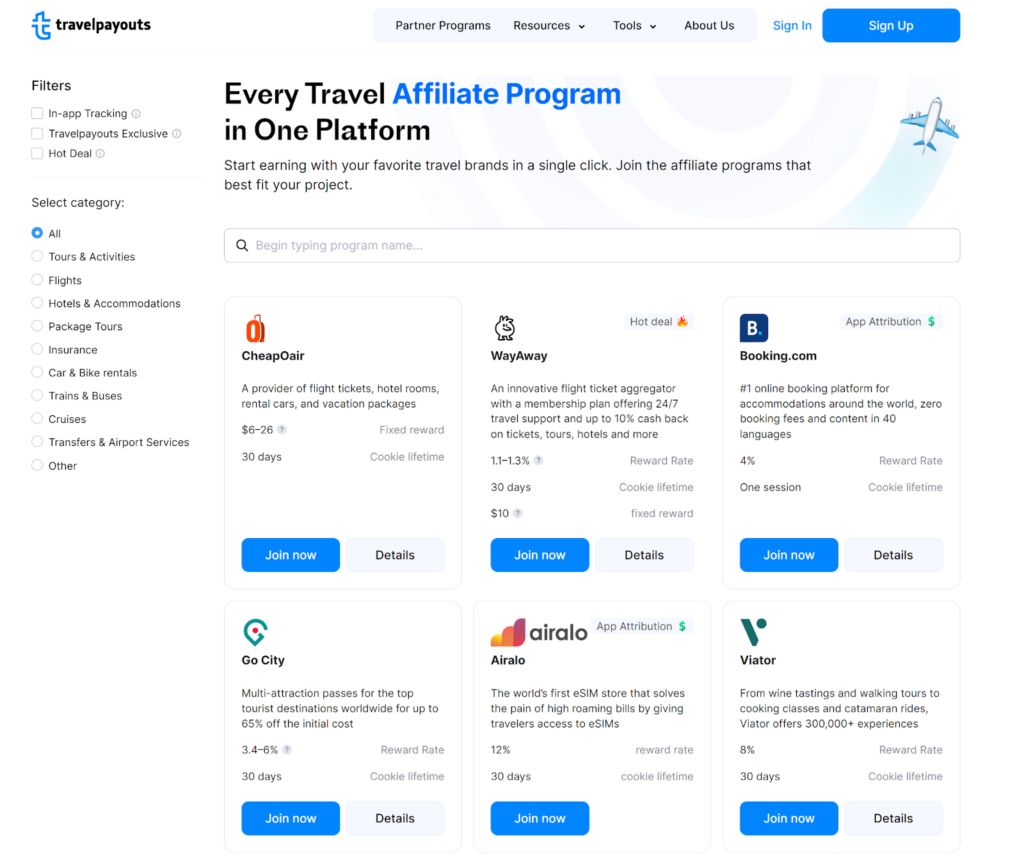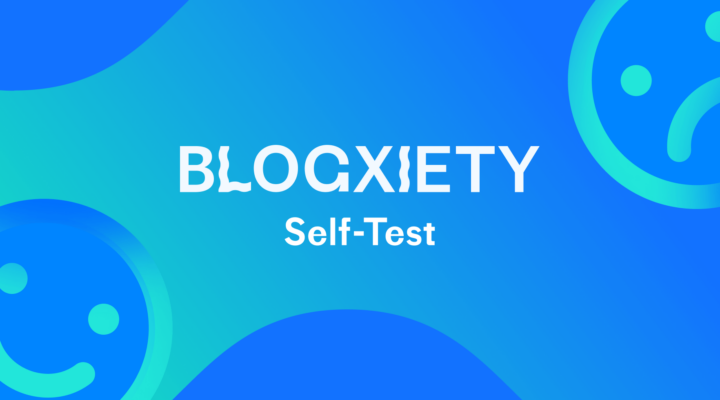By understanding the art of collaboration, you can unlock more lucrative opportunities, expand your reach, and turn your passion for travel into a full-time career. Get ready to elevate your travel blogging experience beyond captivating content and breathtaking photos. Let’s dive into how you can earn more as a travel blogger with travel brand partnerships.
What Is a Brand Partnership?
At its core, a brand partnership is a strategic collaboration between two or more brands or between a brand and an individual like a blogger, influencer, or content creator. This mutually beneficial relationship involves sharing resources, reach, and recognition to pursue common goals, ranging from raising brand awareness to boosting sales or expanding into new markets.
In travel blogging, a brand partnership typically involves a travel-related company, such as a hotel chain, an airline, a tour operator, or a travel gear manufacturer, collaborating with a blogger, content creator, or influencer. The blogger promotes the brand’s services or products through posts, social media updates, videos, and other content. In return, the blogger receives compensation, such as cash, freebies, discounts, or commission on sales made through their referral links.
Travel brand partnerships offer an excellent opportunity for travel bloggers to monetize their passion and hard work. It allows them to earn income while providing valuable content to their audience. However, the key to successful travel brand partnerships lies in choosing the right brands to collaborate with – brands that align with your blogging niche, values, and audience interests.
Different Types of Brand Partnerships
In travel blogging, one size does not fit all regarding brand partnerships. Different types of collaborations suit different content styles, blog themes, and audience preferences. Understanding the various forms of travel collaborations allows you to create diverse income streams, catering to a broader range of brands.
Before we continue, it’s crucial to note that no matter the type of brand partnership, bloggers should always disclose their partnerships. This includes clearly stating if they may earn money from affiliate links or if a post is sponsored. By providing this disclosure, travel influencers uphold transparency and authenticity in their content, fostering trust with their audience.

Affiliate Marketing
Affiliate marketing is a tried-and-true approach to travel collaborations. In this model, you promote a brand’s products or services by including a unique affiliate link in your content. Whenever your readers make a purchase through this link, you earn a commission. This is a powerful revenue stream, especially if your audience trusts your recommendations.
The key to successful affiliate marketing is promoting products or services that genuinely interest you and align with your audience’s needs. Use your platform to offer honest reviews, tips, and insights about these offerings, and always disclose your affiliate relationship to maintain trust with your followers. Platforms like Travelpayouts offer various travel-related affiliate programs in one great space.
Join the Travelpayouts partnership platform
Streamline your travel blog's financial success.
Join todaySponsored Content
Sponsored content is another popular form of creative partnerships. Brands pay you to create content that features their product or service. This could be a blog post, a video, a social media update, or any other type of content that fits your platform.

Protecting your blog’s integrity and relationship with your audience is important when working with sponsored content. Google’s guidelines state that sponsored links should be no-follow, meaning they shouldn’t influence the linked website’s ranking in the search engine’s index. Some brands might resist this as they seek to improve their SEO, but it’s crucial to adhere to these guidelines to maintain your site’s SEO health.
While the lure of income from sponsored content can be strong, it’s important not to let it dictate the direction of your content entirely. Consider your audience’s interests and needs when choosing which brands to work with. If a brand doesn’t align with your values or won’t benefit your audience, it’s okay to say no. Your readers follow you for your unique perspective, and your commitment to authenticity will likely keep them around longer than any single piece of sponsored content.
Brand Ambassadorship
In a brand ambassadorship, you enter a long-term agreement to promote a brand regularly across your platforms. This type of partnership often involves adopting the brand’s values and conveying its message to your audience.
Being a brand ambassador can be a significant commitment, but it can also offer substantial rewards, both financially and in terms of forming a deeper relationship with a brand. Choosing brands that align closely with your values and blogging niche is essential.

Press Trips
Press trips involve travel brands or tourism boards sponsoring your travel in exchange for coverage on your blog and social media platforms. This could include blog posts, social media updates, live videos, stories, and more.
However, it’s important to remember that you don’t HAVE to accept every press trip opportunity that comes your way. If the brand asks for more coverage than you’re comfortable with, or if the destination doesn’t align with your niche, it’s okay to decline. If the opportunity interests you but the expectations seem high, remember that you can negotiate the terms. Make sure what you’re offering regarding coverage aligns with what you receive in return. As a result, it is crucial to negotiate the terms of what is expected beforehand and ensure you can meet those expectations.
Furthermore, press trips can evolve from free or discounted travel into paid opportunities as your blog grows and garners more traffic. After all, you’re providing a service through your coverage, and it’s work. Don’t hesitate to negotiate compensation for your efforts, especially if your content brings substantial value to the brand.
Product Reviews
In a product review partnership, brands provide you with a product for free, and in return, you provide an honest review on your blog or social media channels. This kind of partnership is great because it provides content for your blog, and your readers get an honest review of a product relevant to their interests.
To make the most out of product review partnerships, be honest and thorough. Highlight both pros and cons and provide clear, high-quality product images. As always, disclose the nature of the partnership to your audience.
Product review partnerships can fit perfectly with affiliate marketing. If you believe the product will resonate with your audience, you can negotiate an affiliate partnership with the brand. That way, you can earn a commission from any sales generated through your review.

Ad Placements
Ad placements involve brands paying for space on your blog or social media profiles to display their advertisements. This could be banner ads, sidebar ads, or sponsored posts.
When determining how much to charge for ad space, you should consider factors like your blog’s monthly traffic, the ad size, and its location on your page. Researching industry standards and competitor rates can help give you a starting point.
Consider the design and placement carefully to keep ad placements from disrupting your blog’s aesthetic or user experience. Also, choose brands that align with your blog’s theme and audience preferences.
Brand Mentions
Brand mentions involve organically incorporating a brand or its products/services into your content in exchange for compensation or other benefits. This could be a casual mention in a blog post, a photo on social media, or an inclusion in a video.
Brand mentions can feel less “salesy” to your audience than other types of promotions, but it’s still crucial to disclose any paid or compensated mentions to maintain transparency.
Each of these partnership types has its unique benefits and considerations. Choose the ones that align best with your blog’s theme, content style, and audience preferences. Mix and match these partnership types to diversify your income and keep your content fresh and exciting.
Are You Ready to Work With Brands?
Working with brands is a great way to monetize your travel blog, but it’s essential to understand when you’re ready for such partnerships. Different types of partnerships have varying prerequisites and expectations.
For example, the barrier to entry into affiliate marketing is relatively low. As long as you have a platform to share content — be it a blog, a YouTube channel, or social media profiles — and you can generate traffic to your content, you can join affiliate programs like Travelpayouts. You can start by writing articles about the products or services you want to promote, incorporating affiliate links, and earning commissions. Remember that just because you add affiliate links doesn’t mean people will start converting — building an audience takes time.
However, for more complex partnerships like sponsored content and press trips, brands usually require a certain level of traffic and engagement on your blog. They may also look for a strong presence on social media, high-quality content, a well-defined audience demographic, and an alignment between your brand values and theirs. Focusing on growing your blog and building an engaged audience is crucial before you venture into these kinds of partnerships.
In any case, it’s always important to remember that authenticity is key. Be true to your brand, and only collaborate with businesses you trust and believe in.
Creating Your Travel Media Kit
When you reach out to brands for partnerships like press trips, you’ll probably need to send them a media kit. A media kit, also known as a press kit, contains information about your blog, audience, and past work. It’s your professional resume as a travel blogger, and it’s essential when pitching to brands for partnerships.
Creating a travel media kit might sound intimidating, but it doesn’t have to be. Platforms like Canva offer easy-to-use templates that you can customize to fit your brand.

Your media kit should include the following:
- An introduction: Briefly describe who you are, what your blog is about, and what makes your blog unique.
- A photo: Include a professional, high-quality photo of yourself.
- Blog statistics: Share your blog’s monthly views, unique visitors, page views, and relevant stats. This gives potential partners an idea of how many people they can reach by partnering with you.
- Audience demographics: Provide information about your audience, such as their age range, gender, location, and interests. This helps brands determine if their audience aligns with their target customers.
- Social media stats: If you have a strong presence, share your follower counts, engagement rates, and notable accomplishments.
- Contact information: Make sure potential partners know how to reach you. Include your email address, social media handles, and other relevant contact information.
Remember, your travel media kit represents you and your brand. Make sure it reflects your brand’s aesthetics, values, and professionalism. Also, keep it to one page. You should have a basic media, and then once you grow, a second, more detailed one that provides information like past brand partnerships (to show case studies) and rates.
How to Find Brands to Work With
Finding suitable brands to work with is one of the first and most crucial steps in monetizing your travel blog through partnerships. This process involves thoughtful research, recognizing the needs of your audience, and leveraging the right platforms.
It’s not just about reaching out to every brand you come across; it’s about finding those that align with your content, values, and followers. This alignment makes your promotions feel authentic and enhances the chances of successful partnerships.
Let’s delve into the details:
Understanding the Market
Finding the right brands to partner with starts with a deep understanding of the market. In travel partnerships, this involves identifying the major players in the travel industry that align with your blog’s theme, audience, and values. These could be airlines, hotel chains, tour operators, travel insurance providers, travel gear manufacturers, and so forth.
Recognizing Your Audience’s Needs
The next crucial step is recognizing what your audience needs. If you run a luxury travel blog, for instance, your followers might be interested in high-end hotels and premium flight services. On the other hand, if you blog about budget travel or backpacking, budget airlines, hostels, and affordable travel gear might be more relevant.
By understanding your audience’s preferences and needs, you can identify potential brands that would provide value to your followers. In this way, you boost the chances of successful brand collaborations and partnerships and enhance your reputation as a reliable source of valuable information.
To learn more about how to understand your audience, watch this video from Travelpayouts Academy.
Leveraging Platforms
Finally, platforms like Travelpayouts offer a convenient way to discover potential brand partners. With a wide range of affiliate programs, travel bloggers can find suitable partnerships that align with their niche and audience preferences. Not only does this platform streamline the process of finding and managing partnerships, but it also helps you track your earnings, making it easier to assess the profitability of each collaboration.
These are some of the key strategies to find suitable brand partners. But remember, finding a brand to work with is only the first step.
How to Approach Brands to Work With
Finding and connecting with the right brands for partnerships is a crucial step in monetizing your travel blog. The approach you choose can depend on the type of partnership you’re looking for.
If you’re interested in affiliate marketing, joining a platform like Travelpayouts is an easy first step. Once you sign up, you’ll gain access to various affiliate programs. You can browse through these, join the ones that fit your niche, and create affiliate links for your content.

You’ll often need to approach brands directly for more personalized partnerships like sponsored content or brand ambassadorships. Here are some ways to do that:
Find Brands on Social Media
Social media platforms, particularly Instagram, can be powerful tools for identifying brands that align with your blogging niche. Initiate the process by following the brands you admire and engaging meaningfully with their content. Thoughtful comments can draw attention and spark interest. Once you establish a rapport, sending a direct message introducing yourself, your blog, and your interest in potential collaborations can be the next step.
Utilize LinkedIn
LinkedIn can also be a valuable tool for connecting with brands. Look for marketing managers or other decision-makers within the company you’re interested in and connect with them. Using email tools like Hunter.io or RocketReach, you can find their work email addresses to send them a more formal pitch.
Attend Industry Events and Conferences
Industry events, conferences, or trade shows are invaluable platforms to meet and connect with potential brand partners. These settings offer opportunities to learn about new brands, understand industry trends, and make face-to-face connections, which can often be more impactful than digital communication.
Even if you can’t attend in person, many conferences offer virtual attendance options, providing similar opportunities to network and meet brand representatives.
Partner With a PR Agency
PR agencies often represent multiple brands and can connect you with potential partnerships. Engaging with a PR agency can open the door to various opportunities, as these agencies typically have a roster of brands looking for influencers for collaborations.
Crafting the Perfect Pitch Email
Once you’ve identified the right brands to approach and the best way to reach them, crafting an engaging pitch email is the next crucial step. The art of a good pitch is all about making an impression that counts and increasing your chances of landing that coveted partnership.
Grab their attention right from the start with a unique hook — perhaps a distinctive feature of your blog or a compelling content idea. Keep your email concise, clearly articulating who you are, what your blog represents, and the kind of partnership you’re proposing.
Of course, outlining what’s in it for them is vital. Brands are keen to understand how the partnership will benefit their business. So, discuss your audience demographics and engagement rates, demonstrating how these align with their target customers. Remember also to attach your media kit.
Patience and persistence are critical during this process. While every brand may not respond, don’t be disheartened. But make sure to follow up. If you want a peek inside whether brands are opening your email, you can also use a tool like MailTrack to see if someone has opened your email, how many times, or even if they clicked on a link — this way, you can gauge interest.
Ultimately, keep refining your approach and staying consistent — the right partnerships will materialize.
Final Thoughts: How to Partner With a Brand
Securing valuable brand partnerships as a travel blogger involves a blend of strategic planning, proactive outreach, and compelling communication. Understanding the nature of various partnerships, crafting a persuasive media kit, and perfecting your pitch can open up a world of opportunities.
And, if you’re ready to embark on your affiliate marketing journey today, consider joining Travelpayouts to connect with an array of potential partners. So, equip yourself with these tools, step out with confidence, and watch your travel blogging career soar to new heights.
Join the Travelpayouts partnership platform
Streamline your travel blog's financial success.
Join today



